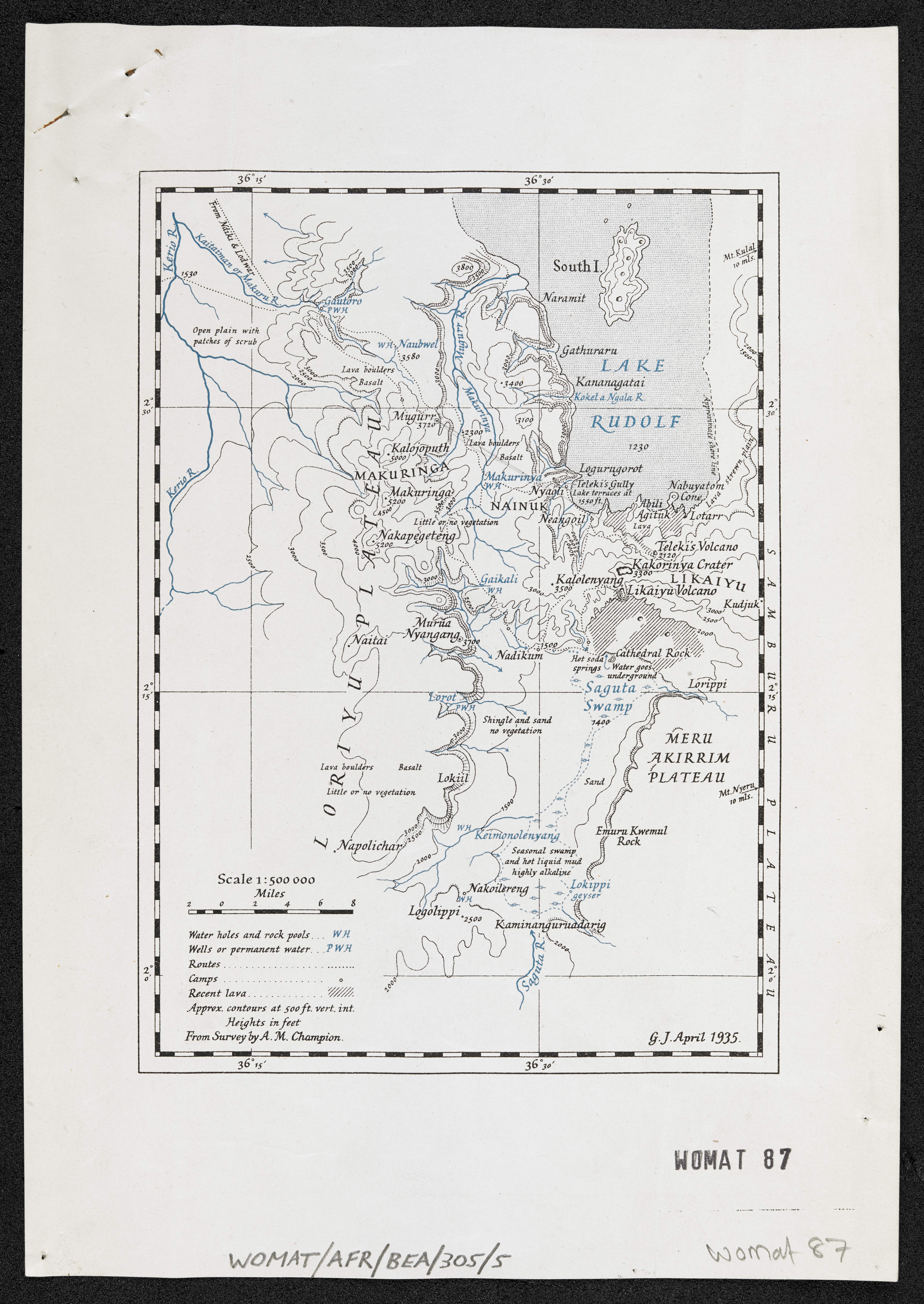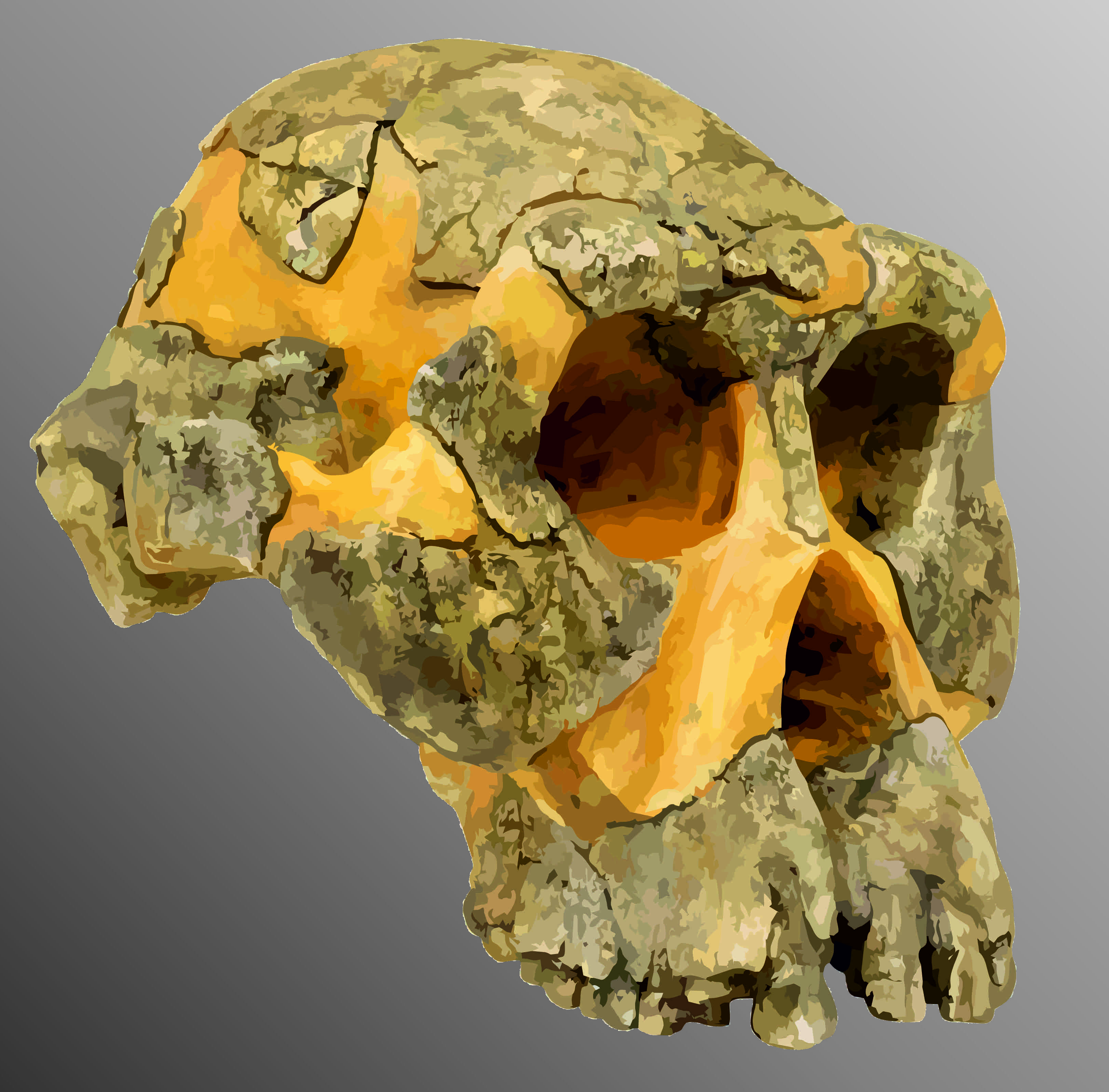Time Periods
Paleolithic
Mesolithic
Neolithic
Chalcolithic
Bronze Age
Iron Age
Classical Period
Post-Classical Period
Early Modern Period
Industrial Period
Contemporary Period
Time Periods
Paleolithic
Mesolithic
Neolithic
Chalcolithic
Bronze Age
Iron Age
Classical Period
Post-Classical Period
Early Modern Period
Industrial Period
Contemporary Period
Location
About
The Middle Awash is a significant paleoanthropological site located in Ethiopia's Afar Region, along the Awash River. This site has yielded an exceptional collection of hominin fossils, including those of Australopithecus anamensis, Ardipithecus ramidus, and Australopithecus garhi, dating from approximately 5.6 to 2.5 million years ago. The site also contains some of the oldest known Olduwan stone artifacts, marking it as a critical location for understanding early human evolution. Additionally, fossils of Homo erectus and Homo sapiens idaltu have been discovered, dating to 1 million and 160 thousand years ago, respectively. The region's sediments, originally deposited in aquatic environments, and the presence of carbon isotope ratios, suggest a once-wet habitat, indicative of a woodland or grassy woodland environment. These findings, along with evidence of periodic volcanism, underscore the Middle Awash's importance in studying human origins and environmental changes over millions of years.
Gallery
Explore photographs of ancient structures, artifacts, and archaeological excavations at Middle Awash

Archaeological Features
Explore the unique architectural and cultural elements found at this historical site
Environmental and Natural Features
Historical Timeline
Journey through time and discover key events in this site's archaeological history
Plan Your Visit
Details
- Country
- Ethiopia
- Source
- Wikipedia
More Sites in Ethiopia
Gona, Ethiopia
Paleoanthropological research area with Oldowan artifacts

Omo Kibish Formation
Geological formation with rich paleoanthropological record

Mochena Borago
Rockshelter with Late Pleistocene deposits.

Lake Turkana
Volcanic, hominid fossils, alkaline desert lake

Hadar, Ethiopia
Paleontological site with hominin fossils
Ledi-Geraru
Early hominin and stone tool site.